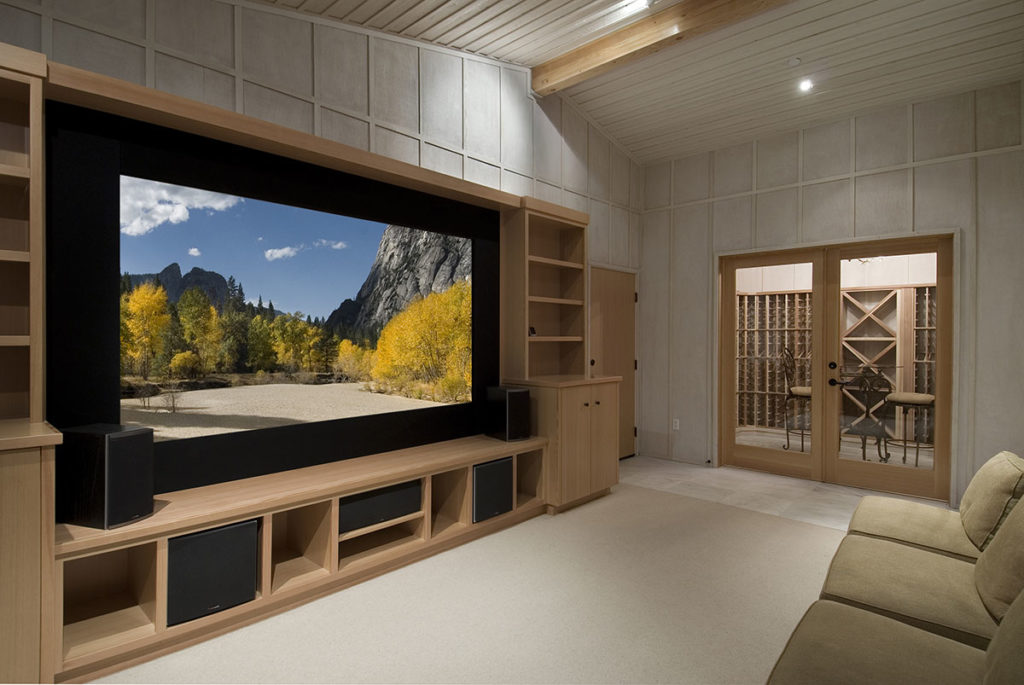Enhancing Security and Surveillance Effectiveness Via Strategic Surveillance Camera Placement in Commercial Environments
Enhancing Security and Surveillance Effectiveness Via Strategic Surveillance Camera Placement in Commercial Environments
Blog Article
Within today’s shopping environments, security is a top concern for retail owners and managers. One efficient method to improve safety and surveillance is through the tactical installation of surveillance video cameras. These cameras not just help prevent shoplifting and vandalism but also provide crucial proof in case of incidents. By recognizing the best locations for surveillance camera placement, retailers can maximize their efficacy and create a safer retail experience for shoppers and employees alike.
The initial action in effective surveillance camera placement is to identify vulnerable zones within the store. These locations typically include entry points and exits, cash counters, and sections where high-value items are displayed. By placing cameras in these areas, store owners can monitor shopper actions and detect suspicious conduct. Additionally, surveillance systems at entrances can capture images of people entering and exiting the retail space, which is essential for recognizing potential shoplifters. This proactive strategy aids in reducing theft and ensuring a secure atmosphere.
A further key consideration is the type of camera used in the store environment. Different cameras serve different functions. For example, dome-shaped surveillance cameras are commonly used for indoor surveillance because they are less obtrusive and can monitor a broad space. Conversely, bullet cameras are best for external use, as they are much conspicuous and can deter criminal activity. Retailers should assess their specific needs and select the suitable surveillance device models to guarantee complete coverage of the store.
Along with surveillance camera models, the angle and height at which cameras are installed play a crucial part in their efficacy. Surveillance devices should be set at a height that allows for clear visibility of individuals and actions without being readily manipulated with. A common recommendation is to install cameras at least 8 to 10 ft off the floor. Additionally, surveillance devices should be angled to cover as wide area as possible while avoiding blind spots. This tactical installation guarantees that all areas of the store are monitored, offering navigate to this website a full view of customer interactions and possible safety threats.
Ultimately, it is crucial for store owners to regularly review and service their monitoring equipment. This includes checking surveillance device performance, confirming that recordings are clear, and refreshing software as needed. Regular maintenance aids to prevent technical issues that could jeopardize safety. Additionally, retailers should analyze recordings regularly to identify patterns in shopper actions and possible safety threats. By staying proactive and mindful to their monitoring systems, retailers can establish a safer shopping atmosphere and safeguard their assets effectively.